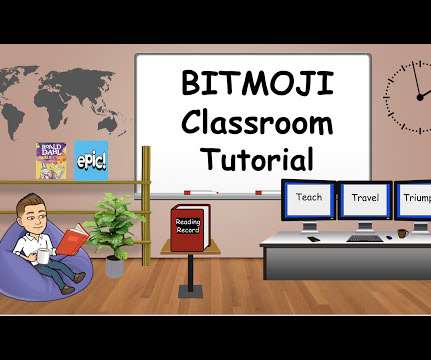Of OER and Platforms: Five Years Later
Edsurge
JANUARY 26, 2017
Five years ago, in an essay called “ 2017: RIP OER? ” I pondered whether this year would be the end of OER. There’s certainly no one funding next gen OER. Much has been written about 2012 being “the year of OER.” Let’s hope it’s not the year OER peaks. These publisher platforms can have real benefits.


































Let's personalize your content